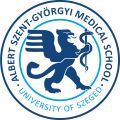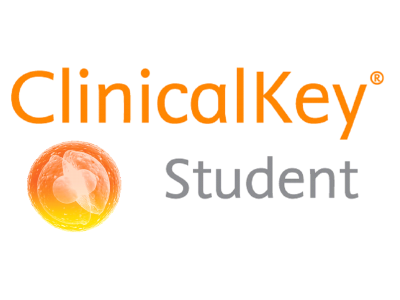2024. May 03.
The potential applications of mRNA technology are wide-ranging: in a few years it could provide a therapeutic strategy for cancer, cardiovascular or autoimmune diseases.
At the University of Szeged, several mRNA-based research projects are being carried out with the support of the Hungarian Nobel Prize winner, Katalin Karikó. One of these projects is the research conducted at the Laboratory of Neural Regeneration, Department of Anatomy, Histology and Embryology. The research could possibly lay the foundation for the treatment of spinal cord injuries with mRNA therapy.
Spinal cord injury is followed by an inflammatory process that kills healthy cells in the vicinity of the injury. The time factor is very important because by the time a patient is diagnosed and receives treatment, their condition may have deteriorated further. The Laboratory of Neural Regeneration led by Prof. Antal Nógrádi, MD, is looking for a solution to halt this negative process, reduce inflammation and prevent further damage. Therapeutic options for spinal cord injuries are being investigated and for years, they have been experimenting with stem cells. After implanting stem cells in rats, they have found out which anti-inflammatory proteins they produce. Recently, a new method, mRNA technology, has been used to produce anti-inflammatory proteins within the damaged spinal cord.
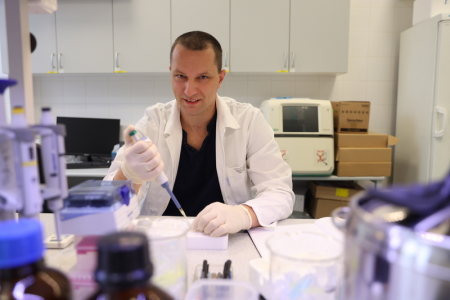
Previous results were published in scientific journal Research in 2023, focusing on the therapeutic protein IL-10, an anti-inflammatory cytokine, which was delivered to the injured spinal cord via repeated intrathecal/intravenous injections. This led to successful functional and morphological improvements. The new procedure involves injecting mRNA into the spinal cord, which is taken up by cells in the area of the injury thereby precisely modulating protein expression by the host cells of the injured cord.
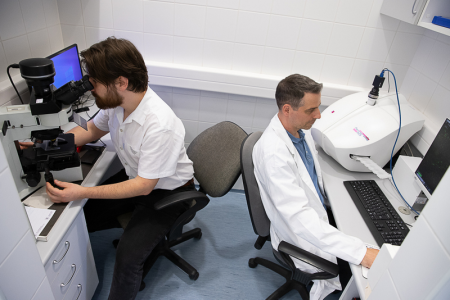
Our research also looked at alternative ideas. We set out to find a way to deliver mRNA to the injured spinal cord in a less invasive way, without reopening the injured area. The obvious solution seemed to be to first introduce the mRNA into so-called "cargo" cells, which we hypothesised would then migrate into the injured spinal cord through the gaps in the small blood vessels that persist after the injury. By the time the cargo cells enter and settle in the spinal cord, protein transcription from the introduced mRNA has begun. This less invasive way of reducing inflammation may offer a greater chance of regeneration and functional recovery.
Based on the results so far, we can say that a much larger number of cargo cells than we initially envisaged are entering the spinal cord, which for now only deliver a test protein, GFP (a green fluorescent protein) that glows green under the microscope, to the site of injury, which may now allow us to develop a therapeutic pathway. The effects of the protein on surrounding organs will be investigated further. The long-term goal, however, is to improve the process to a level where it only reaches the area where it is needed, i.e. the site of injury.
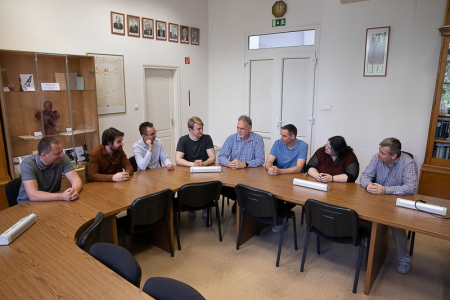
The research is interdisciplinary, with the Laboratory of Neural Regeneration collaborating with geneticists and immunologists from the Szeged Biological Research Centre and Dr. Norbert Pardi from the University of Pennsylvania.





